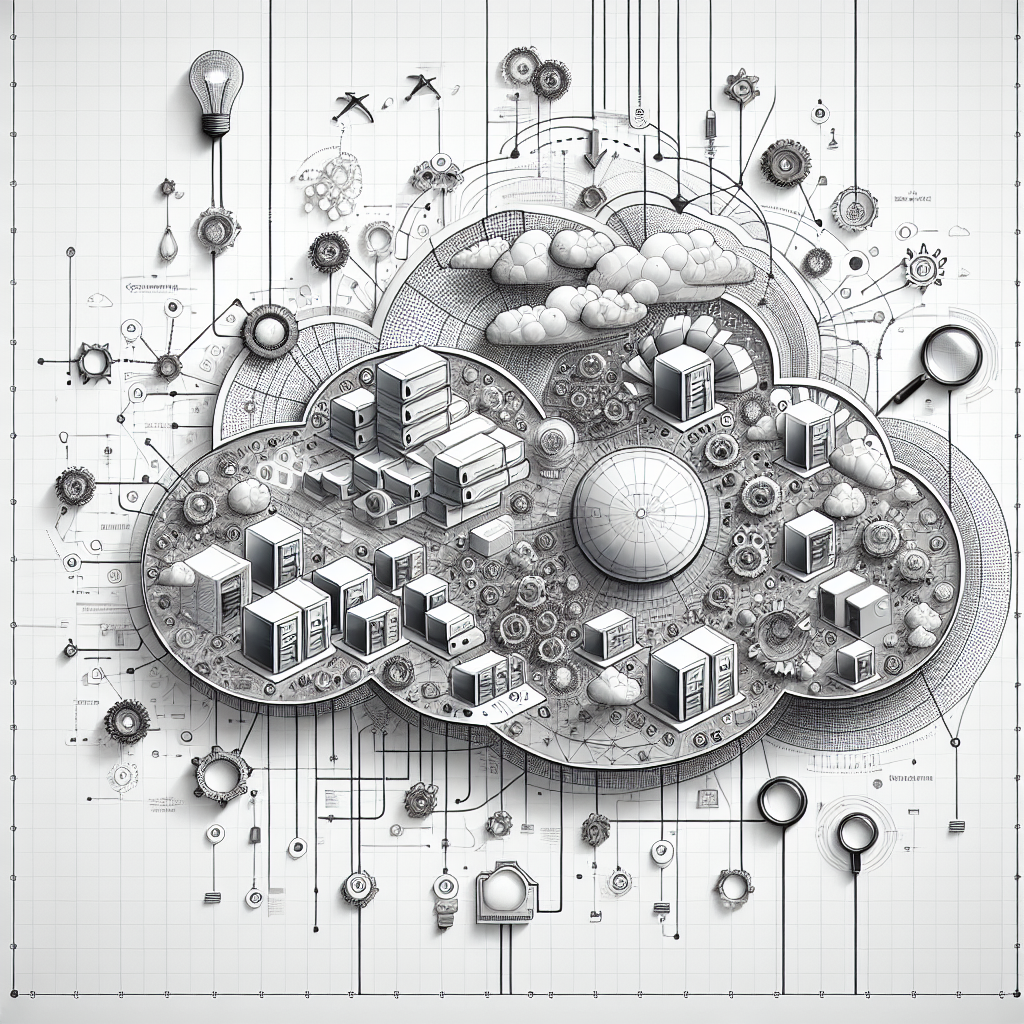Fix today. Protect forever.
Secure your devices with the #1 malware removal and protection software
Data centers are essential for housing and managing the vast amounts of data that businesses rely on to operate efficiently. However, managing power distribution within these facilities can be a significant challenge. With the increasing demand for data processing and storage, data centers are constantly expanding and upgrading their infrastructure to keep up with the demand. This can lead to power distribution challenges that, if not managed properly, can result in downtime, equipment damage, and increased operating costs.
To ensure smooth and efficient power distribution in data centers, it is essential to implement best practices that address common challenges. Here are some key strategies to consider:
1. Conduct a thorough power assessment: Before making any changes to your power distribution system, it is important to conduct a comprehensive assessment of your data center’s power needs. This includes evaluating the current power capacity, identifying potential bottlenecks, and determining the best ways to optimize power distribution.
2. Implement a redundant power system: To minimize the risk of downtime due to power outages, it is recommended to implement a redundant power system that includes backup generators, uninterruptible power supplies (UPS), and automatic transfer switches. This will ensure that your data center remains operational even in the event of a power failure.
3. Use intelligent power distribution units (PDUs): Intelligent PDUs can help monitor and manage power distribution more effectively by providing real-time data on energy consumption, voltage, and current levels. This information can help data center operators identify potential issues before they lead to downtime or equipment failure.
4. Implement hot aisle/cold aisle containment: Hot aisle/cold aisle containment is a best practice for managing airflow and temperature within a data center. By separating hot and cold air streams, data center operators can reduce cooling costs and improve equipment efficiency. This can also help prevent hot spots and ensure consistent airflow to critical equipment.
5. Regularly maintain and test power distribution equipment: Regular maintenance and testing of power distribution equipment, including UPS systems, generators, and PDUs, are essential to ensure optimal performance and reliability. This includes performing routine inspections, testing backup systems, and replacing any faulty equipment promptly.
6. Monitor power usage and trends: By monitoring power usage and trends in real-time, data center operators can identify opportunities to optimize energy efficiency and reduce operating costs. This can include implementing power-saving measures, such as consolidating servers, virtualizing workloads, and implementing power management policies.
Managing power distribution challenges in data centers requires a proactive and strategic approach. By implementing best practices such as conducting power assessments, implementing redundant power systems, using intelligent PDUs, and regular maintenance, data center operators can ensure reliable and efficient power distribution to support their critical operations. By staying ahead of power distribution challenges, data centers can minimize downtime, reduce costs, and improve overall performance.
Fix today. Protect forever.
Secure your devices with the #1 malware removal and protection software

Leave a Reply
You must be logged in to post a comment.